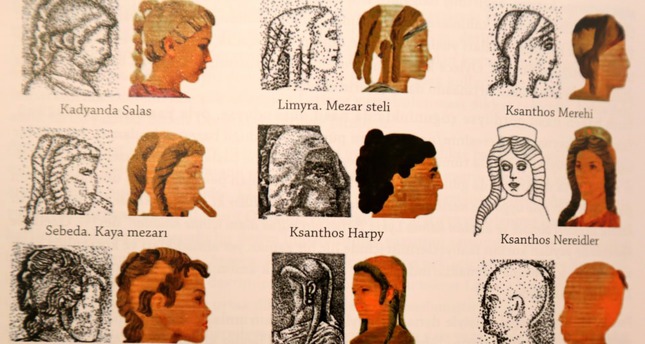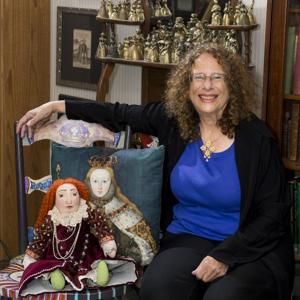 Indigenous Women In Bolivia Use Ancient Knitting Skills To Weave Devices For Congenital Heart Disease
Indigenous Women In Bolivia Use Ancient Knitting Skills To Weave Devices For Congenital Heart DiseaseTo help the growing number of children born with heart defects, indigenous Bolivian knitters are putting their age-old craft to a more modern use. The Aymara women, who have been knitting intricate and distinct hats, sweaters, and blankets for centuries, are now using their skill to produce an innovative medical product that can seal holes in a baby’s heart.
The device, called Nit-Occlud was developed by cardiologist Dr. Franz Freudenthal. After setting up a clinic in La Paz for children with heart defects, Freudenthal knew he must develop a simple, inexpensive solution to help treat more patients. The occluder, the device's more common name, looks like a top hat and can be inserted into the heart without surgery to help fix the problem.




